
Bird Walk at Jugibeel, Golaghat, Assam
- Golaghat
- 12 October, 2025
- Rahul Saikia

About Jugibeel, Golaghat
Jugibeel, situated in Golaghat district of Assam, spans an estimated 150–200 hectares, encompassing open water, marshes, and peripheral vegetation. This wetland is part of the floodplain ecosystem of the Brahmaputra Valley and plays a critical role in maintaining the ecological balance of the region. Its shallow waters, reed beds, and small islands provide feeding, nesting, and roosting grounds for a wide variety of resident and migratory birds. The lake supports waterfowl, waders, raptors, and smaller passerines, making it an important stopover for migratory species traveling along the East Asian–Australasian Flyway. Jugibeel also contributes to groundwater recharge, local fisheries, and supports the surrounding rural communities through livelihoods connected to agriculture and sustainable fishing practices.
The habitat type at Jugibeel is primarily freshwater wetland with reed beds, marshes, and fringe forests, complemented by open water zones that attract diving and wading birds. This mix of habitats makes it a biodiversity hotspot for both birds and other wetland-dependent fauna. Conservation of Jugibeel is crucial due to pressures such as encroachment, pollution, and unsustainable resource use. Local initiatives and governmental wetland protection programs aim to preserve its ecological integrity, maintain water quality, and ensure safe nesting and foraging areas for birds. Awareness campaigns, eco-tourism, and birdwatching activities are increasingly used to involve communities in habitat conservation, highlighting Jugibeel’s role as a model for sustainable wetland management in Assam.
Partnered with
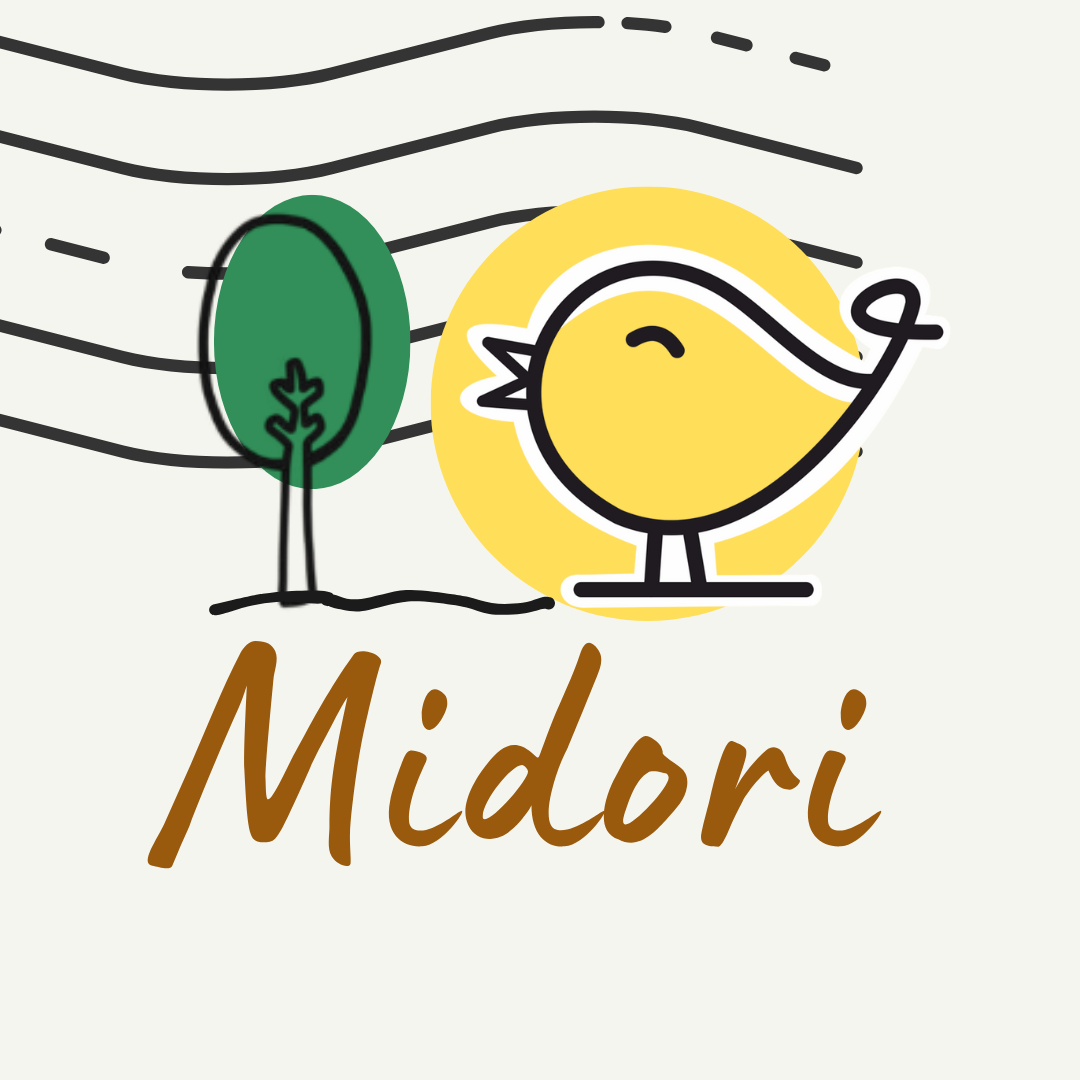

Bird Guide: Rahul Saikia
Nature enthusiast and avid birder with 1 year of experience exploring and learning about birds. Sharing knowledge and passion for avian wonders with others. Always eager to learn and discover more about the fascinating world of birds!
Bird walk Location
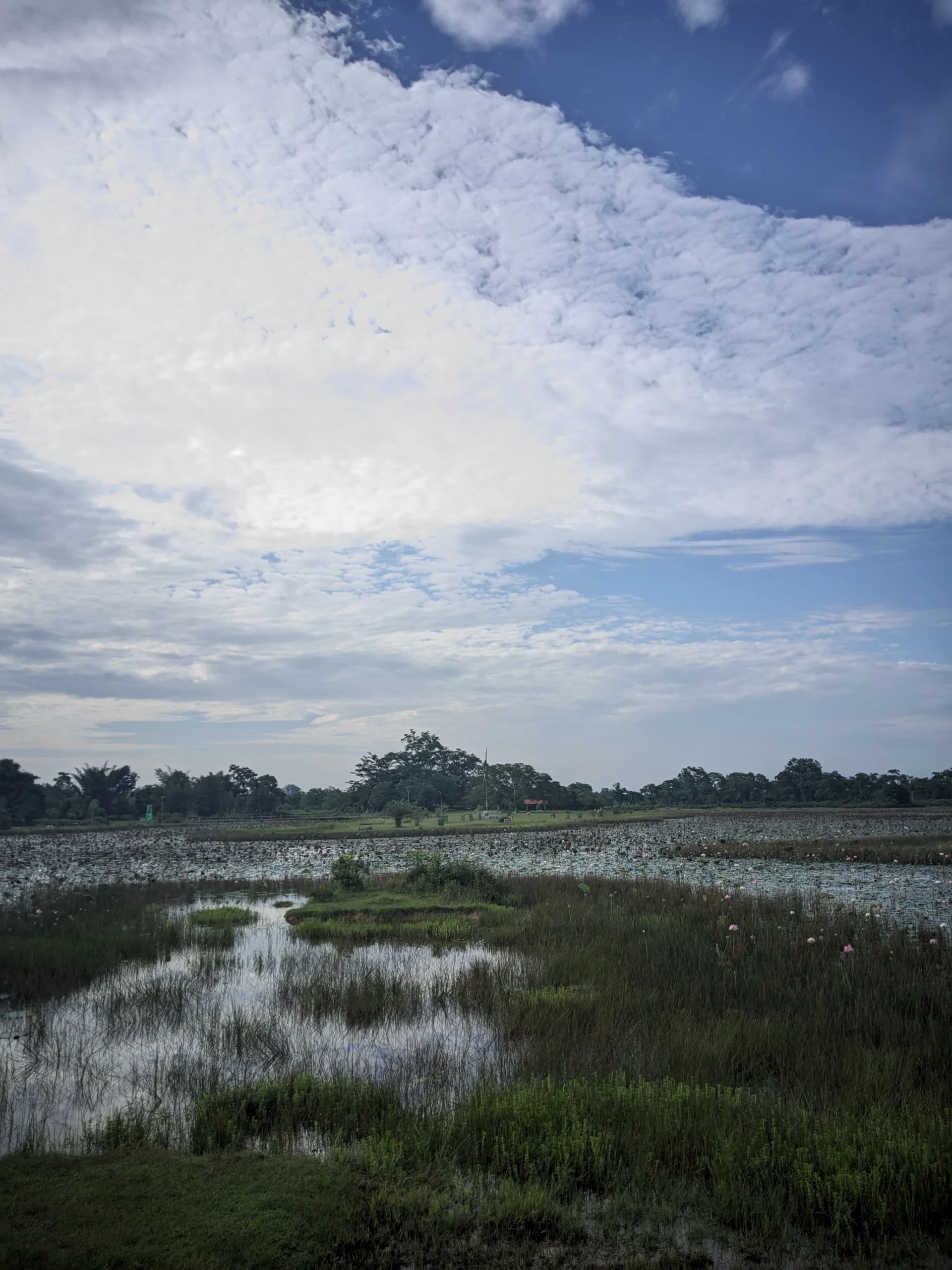
Common birds of Golaghat
Golaghat, located in the heart of Assam’s biodiverse Brahmaputra valley, is a remarkable region that supports an astounding 509 recorded bird species, reflecting its mosaic of wetlands, grasslands, and forest habitats. The area’s wetlands, such as Kosamari and Terenga Pothar, host large congregations of Lesser Whistling Ducks, Indian Spot-billed Ducks, and Bronze-winged Jacanas, creating a dynamic aquatic ecosystem. The Asian Openbill, Lesser Adjutant, Spot-billed Pelican, and Black-necked Stork are frequently seen foraging in shallow water, while elegant Egrets and Herons stalk the edges for prey. The nearby grasslands and open fields are alive with Gray-headed Lapwings, Temminck’s Stints, and Common Sandpipers, alongside agile Bee-eaters and Kingfishers like the Common, White-throated, and Stork-billed Kingfishers. Raptors such as the Black-winged Kite, Pallas’s Fish Eagle, and Gray-headed Fish Eagle soar above, indicating the area’s rich food chain and ecological balance.
Wooded groves and human settlements around Golaghat harbor a colorful mix of perching birds and songbirds, showcasing the diversity of the region’s avifauna. The Red Collared Dove, Yellow-footed Green Pigeon, and Oriental Pied Hornbill are common in fruiting trees, while the Black-hooded Oriole, Common Iora, and Fulvous-breasted Woodpecker add to the melody of the forest edge. Open scrublands and agricultural patches attract Drongos, Shrikes, and Bulbuls, while urban gardens bustle with Mynas, Tree Sparrows, and House Sparrows. The White-rumped Shama and Oriental Magpie Robin are among the most melodious residents of the region, often heard during dawn choruses. Small insectivores like the Dusky Warbler, Taiga Flycatcher, and Siberian Stonechat appear during migration seasons, signaling the area’s importance along the Indo-Asian flyway. With its blend of wetlands, grasslands, and forests, Golaghat stands as one of Assam’s most significant avian landscapes, vital for both resident and migratory species throughout the year.
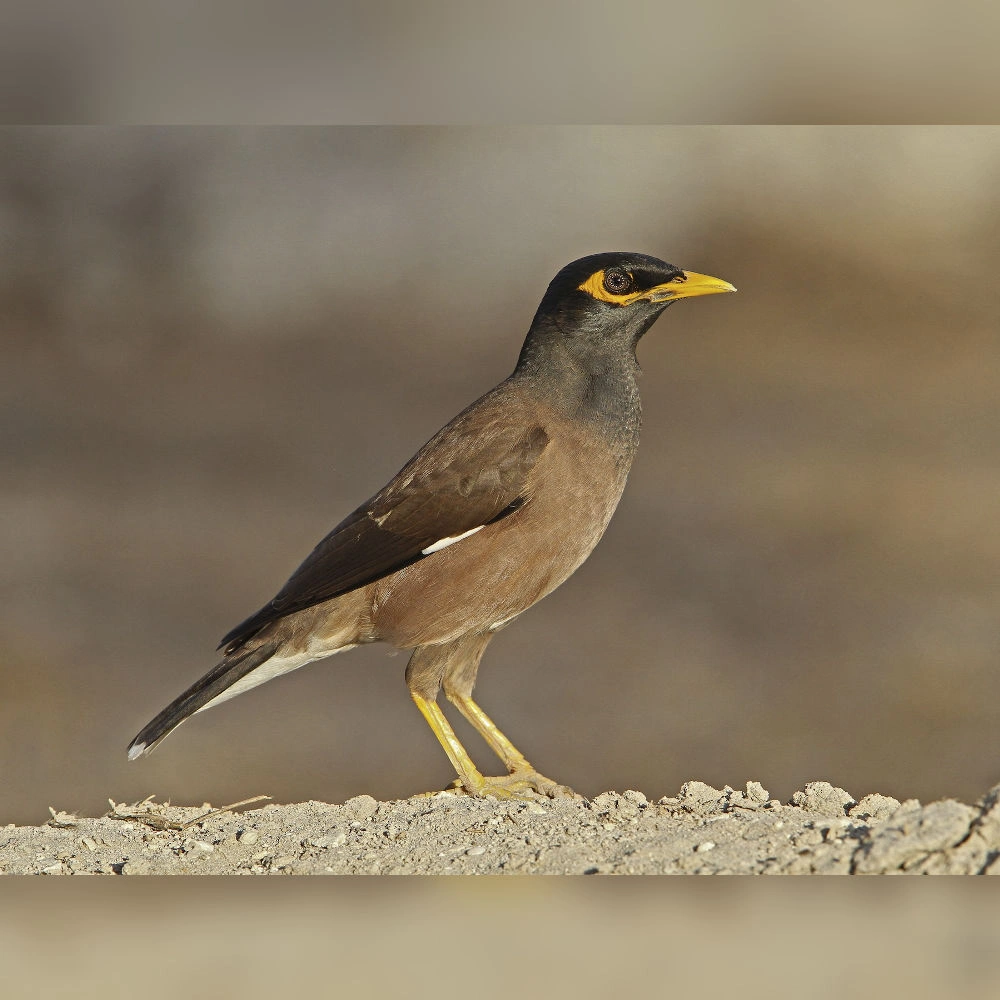
Common Myna
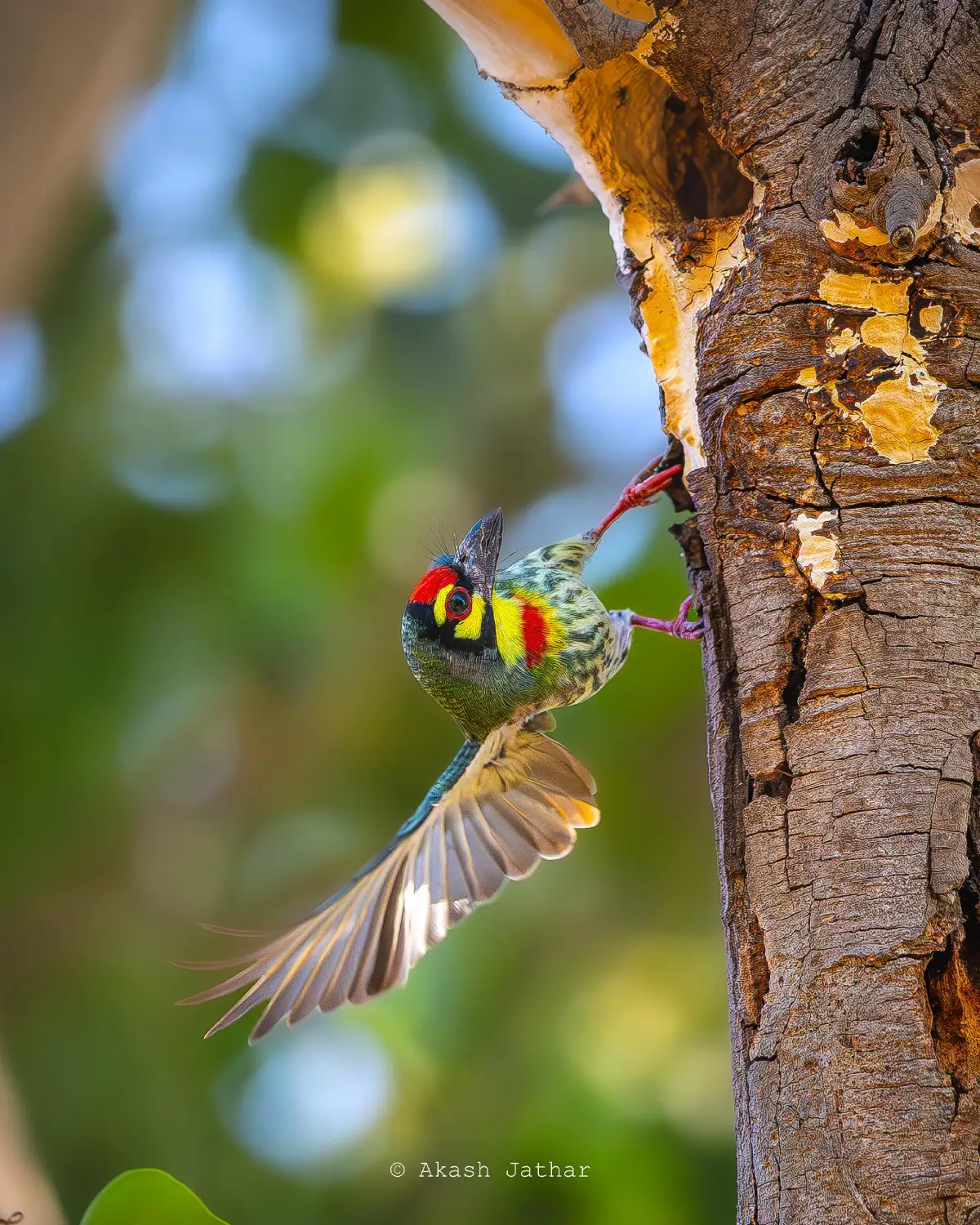
Coppersmith Barbet
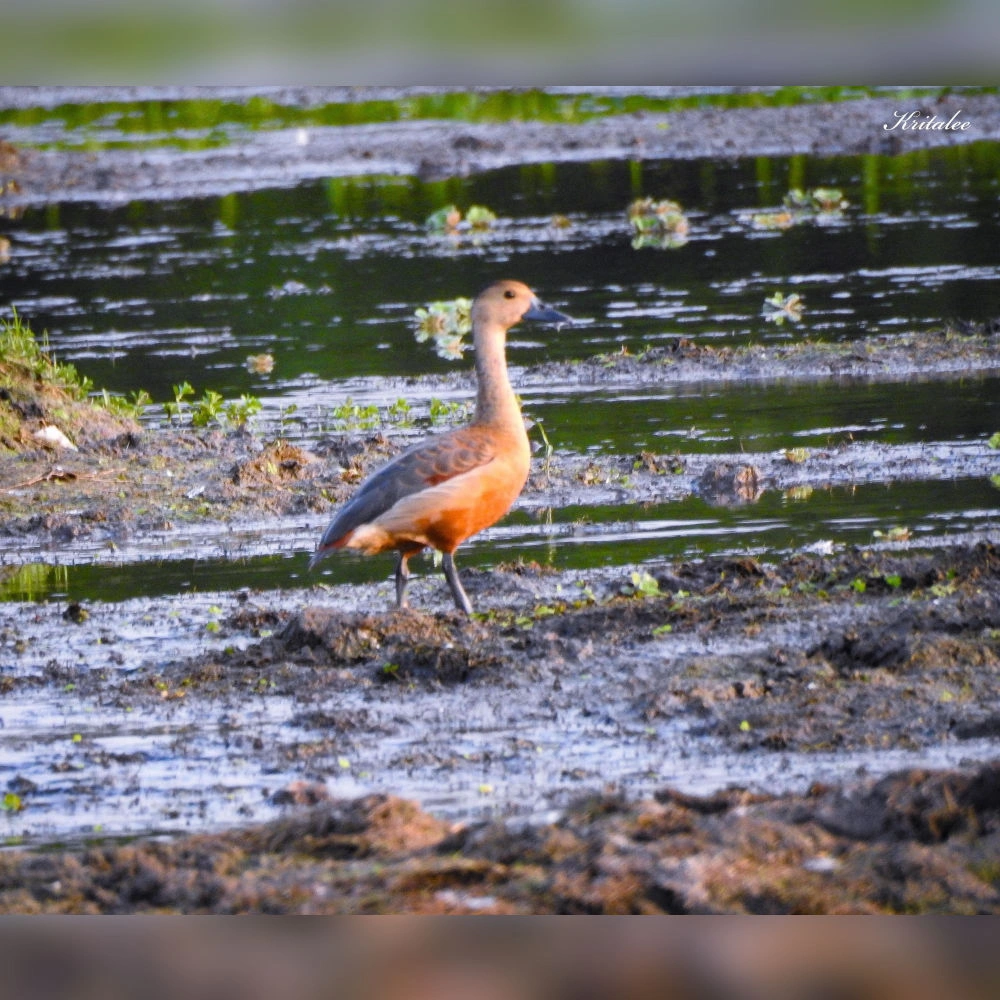
Lesser Whistling Duck
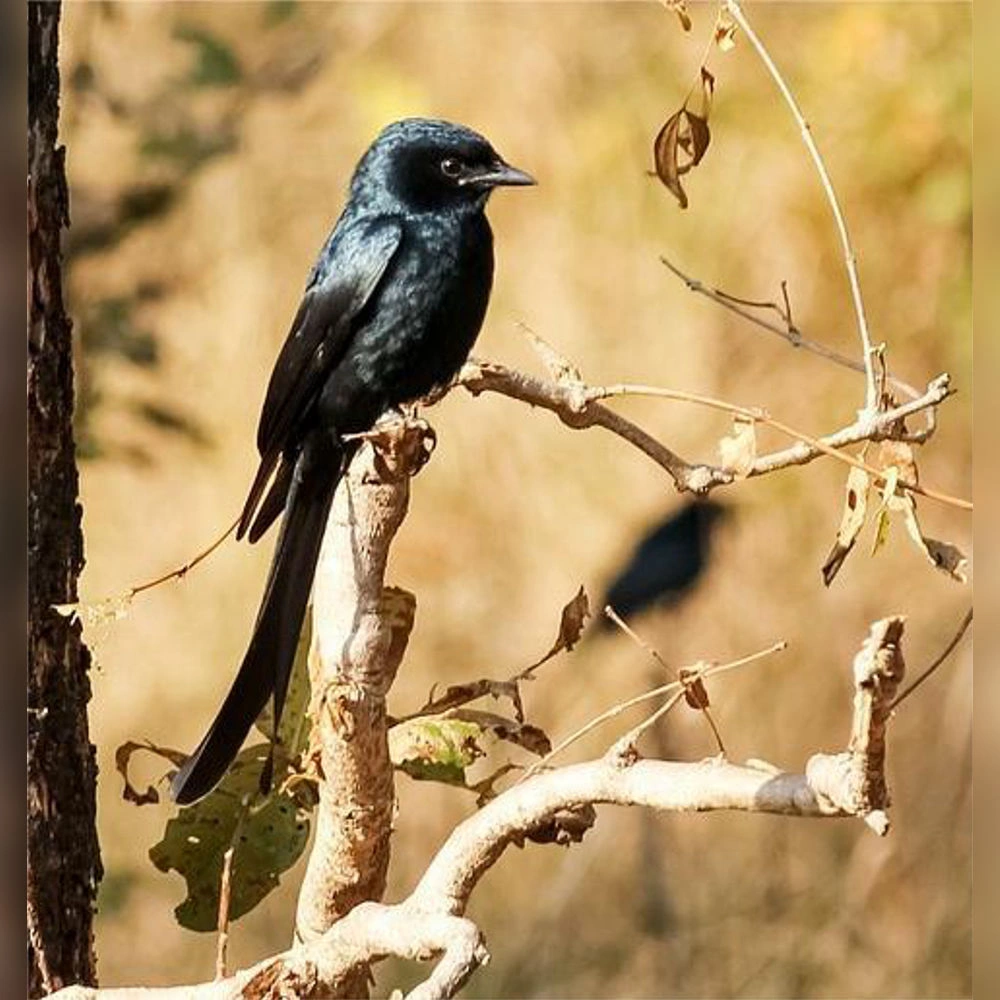
Black Drongo
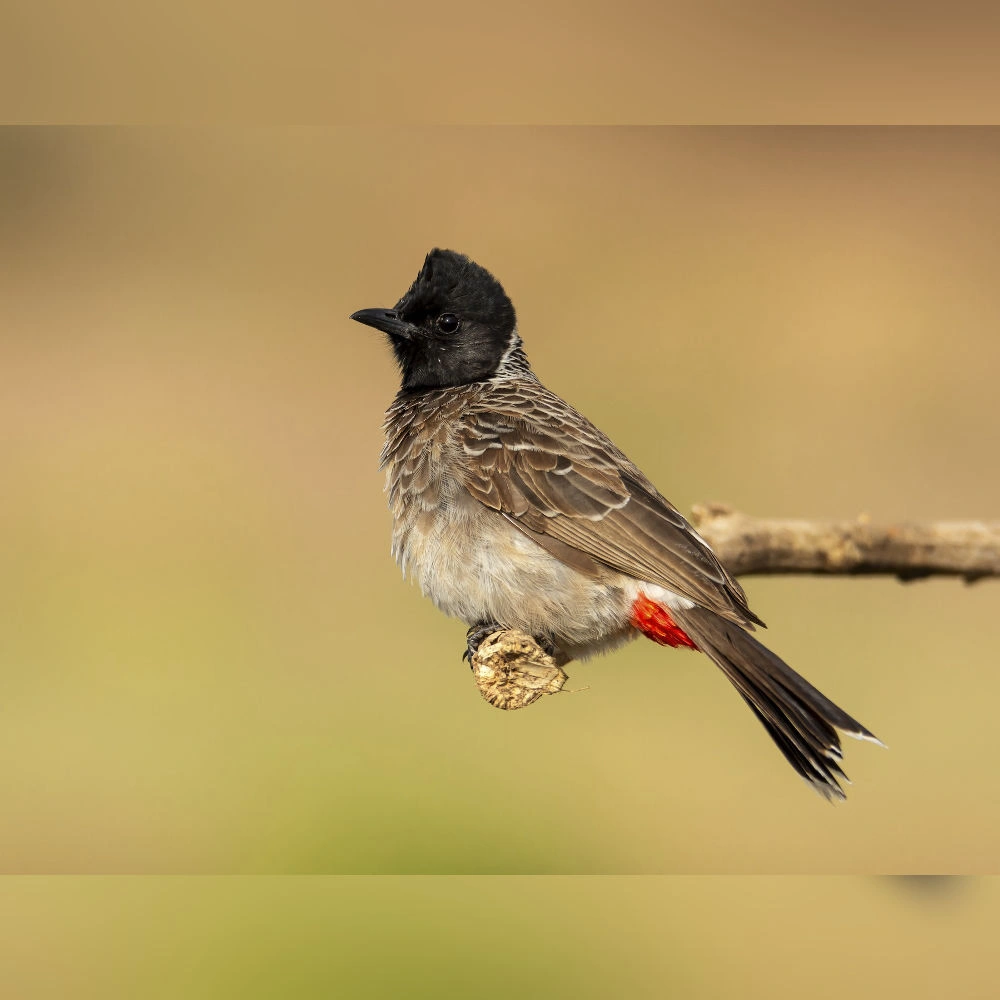
Red-vented Bulbul

Jungle Babbler
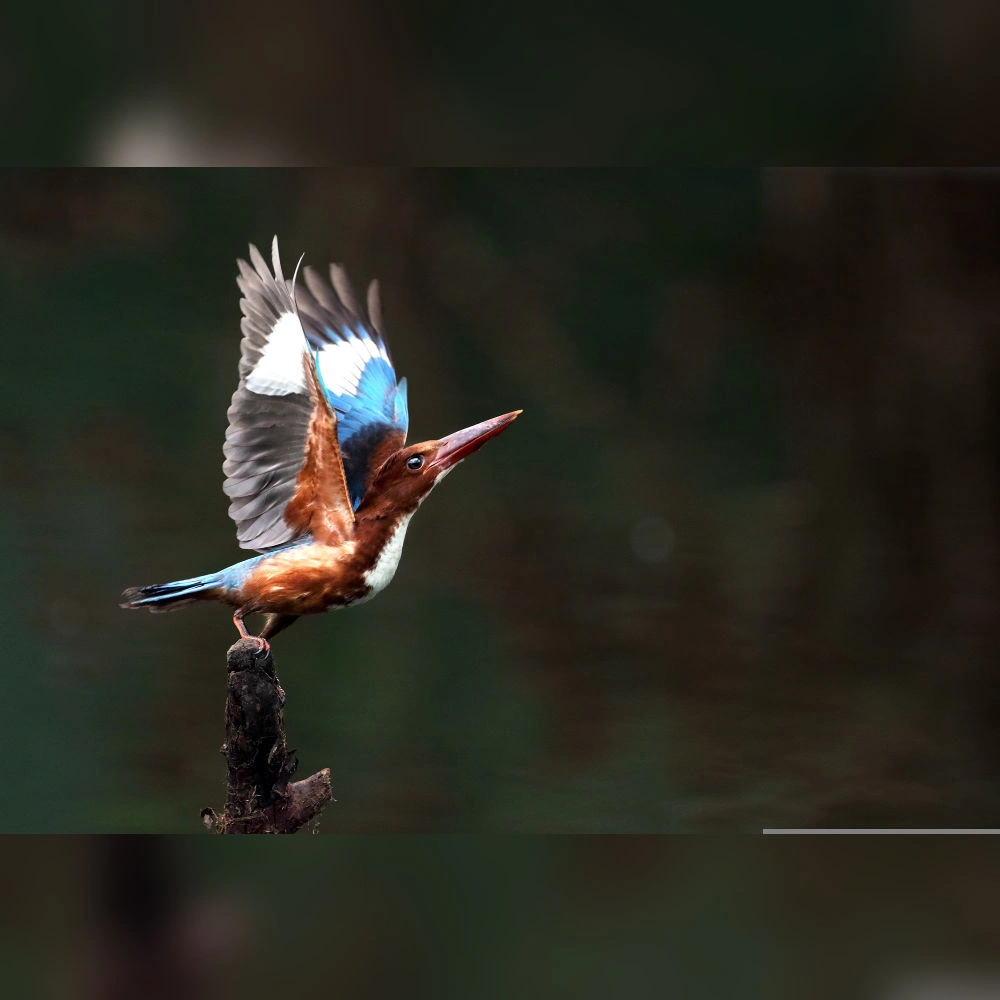
White-throated Kingfisher
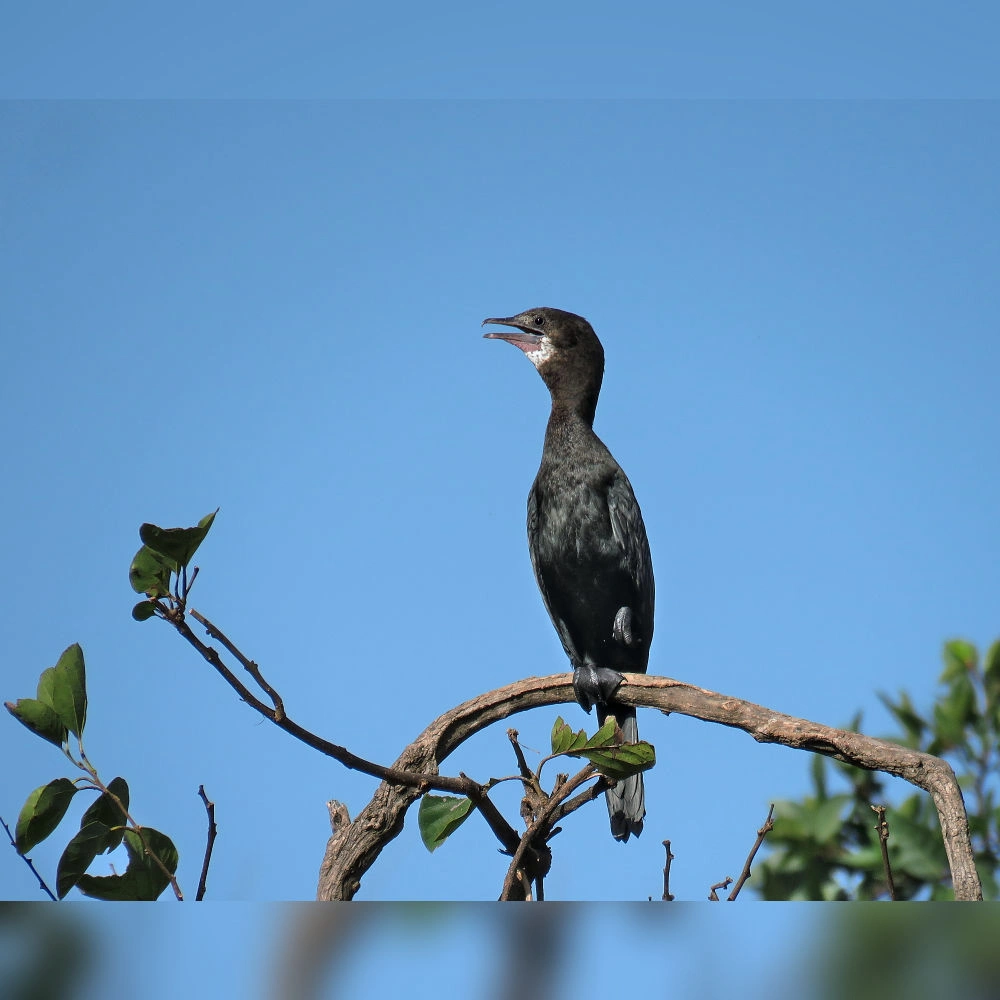
Little Cormorant
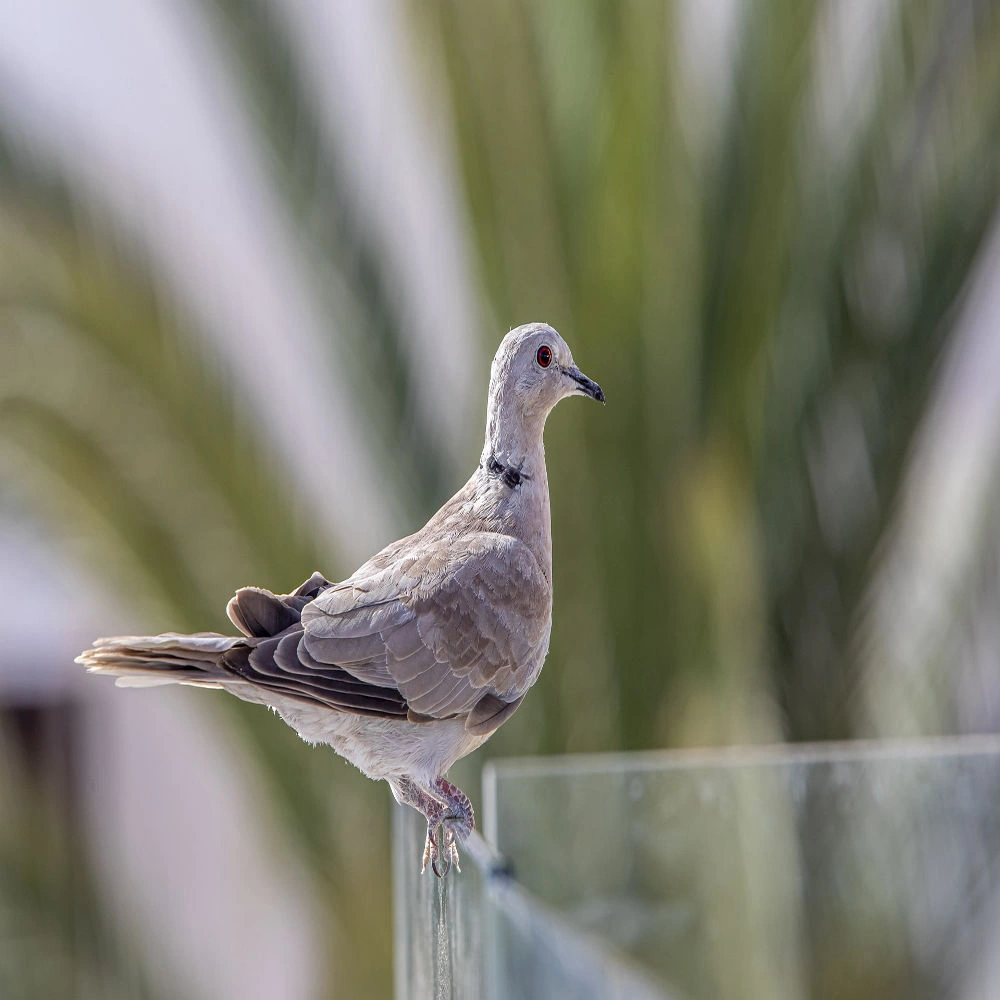
Eurasian-collared Dove
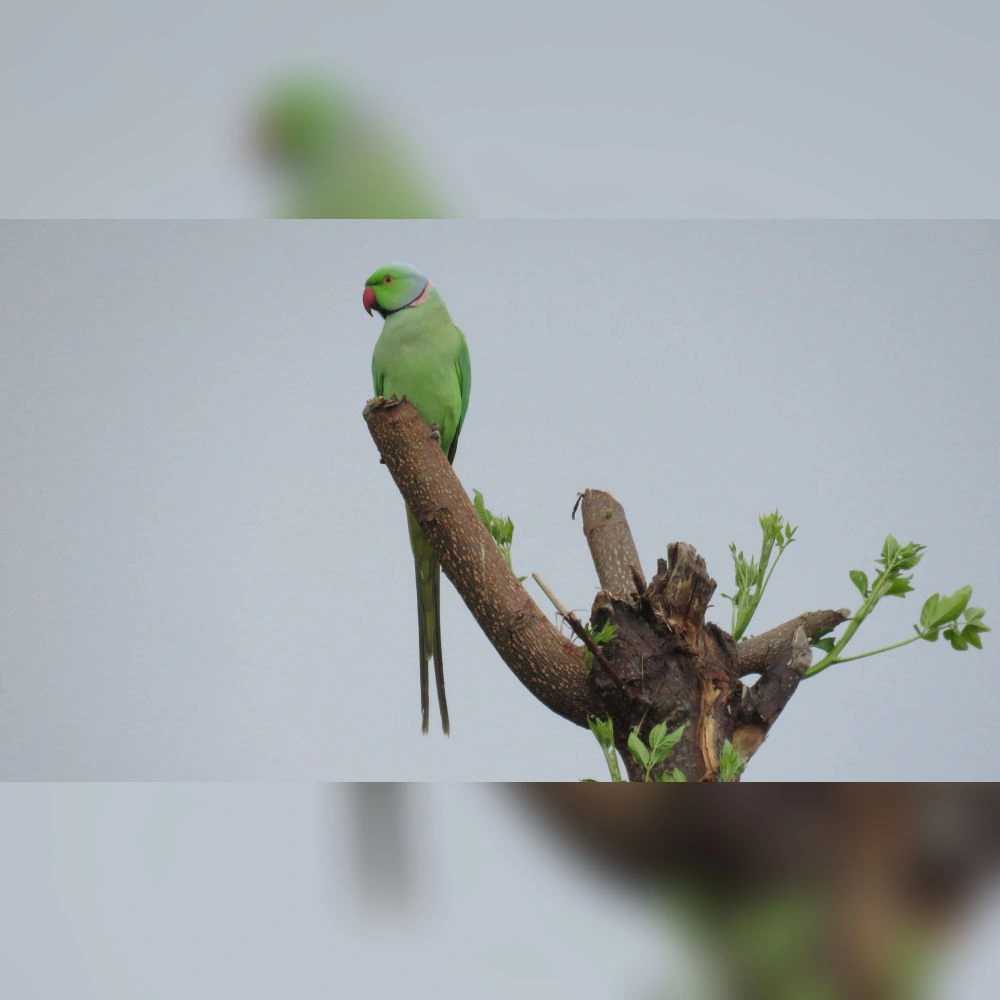
Rose-ringed Parakeet
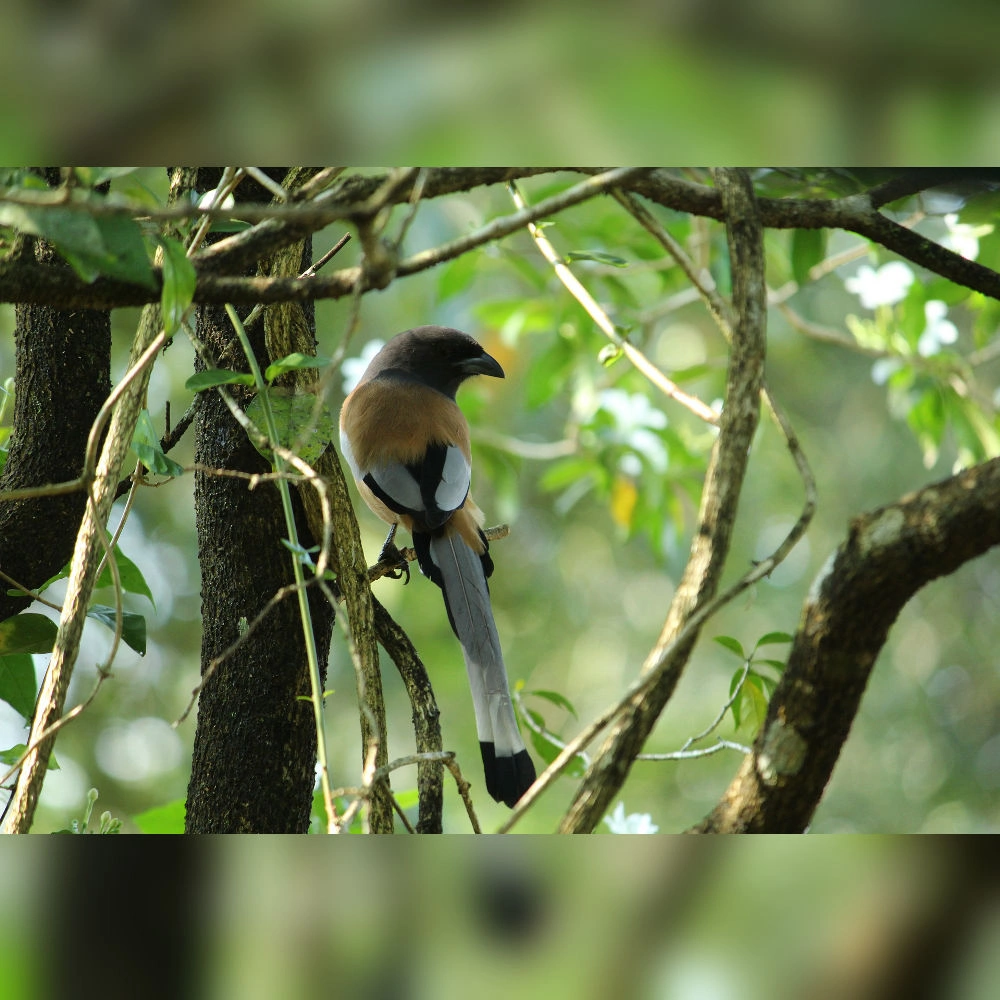
Rufous Treepie
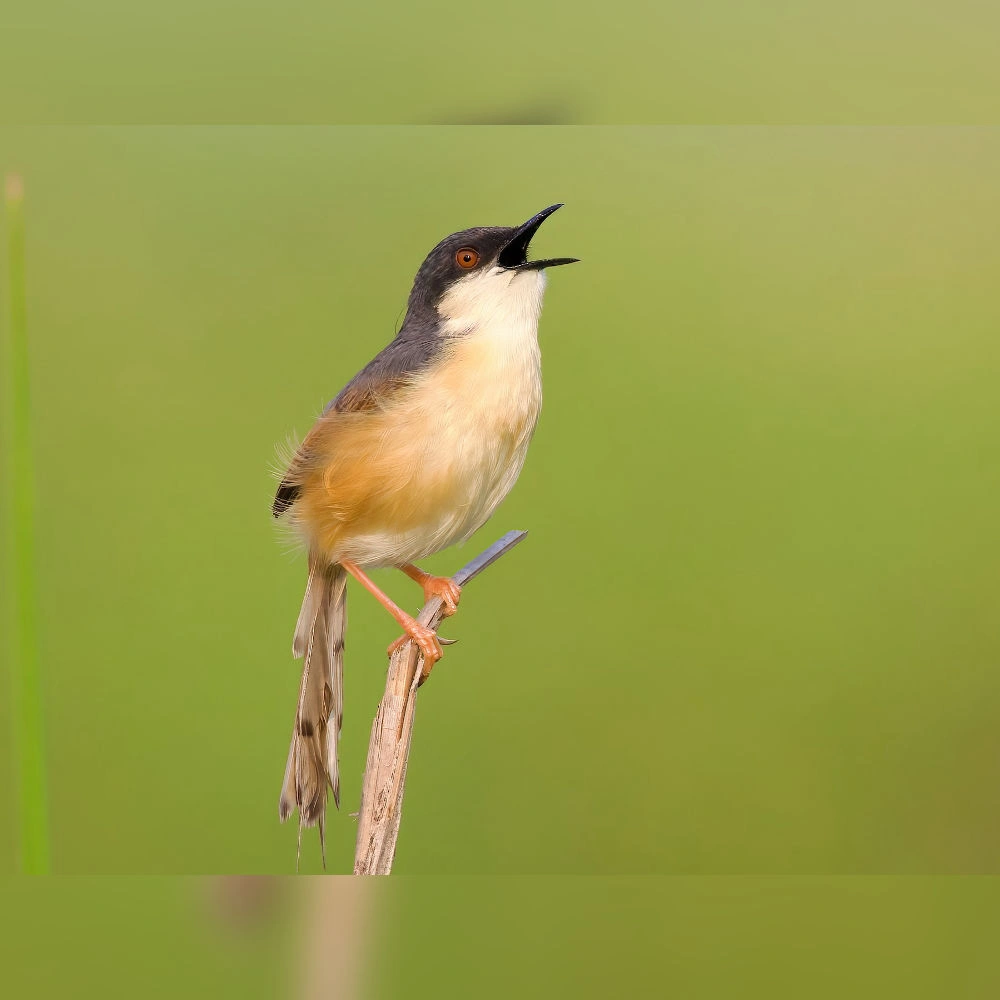
Ashy Prinia
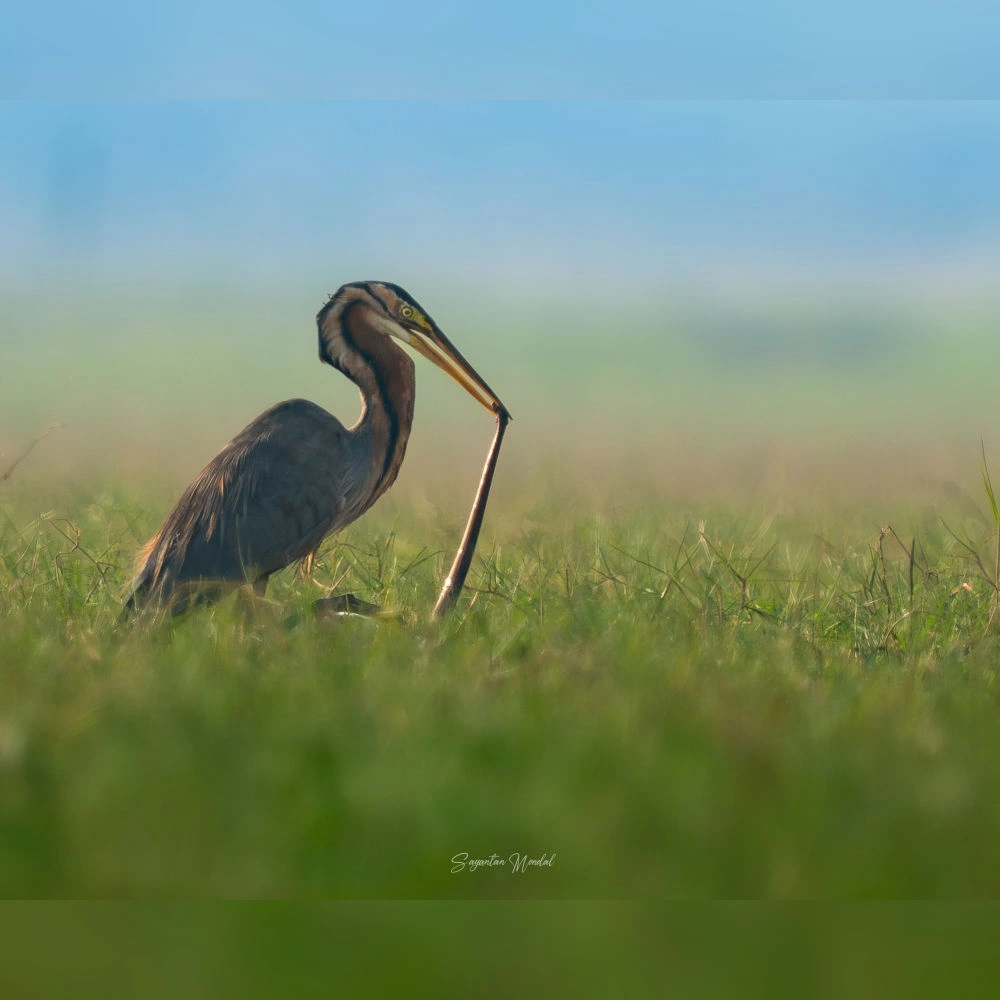
Purple Heron
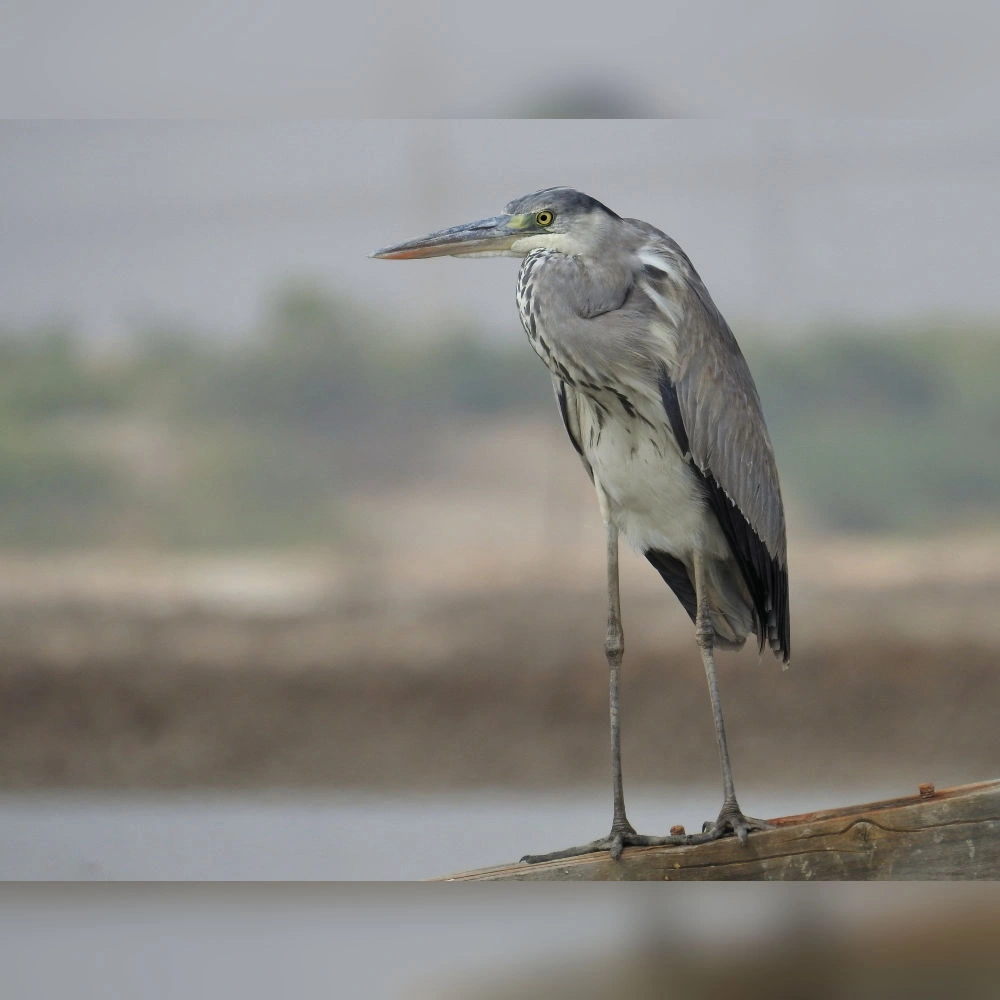
Grey Heron
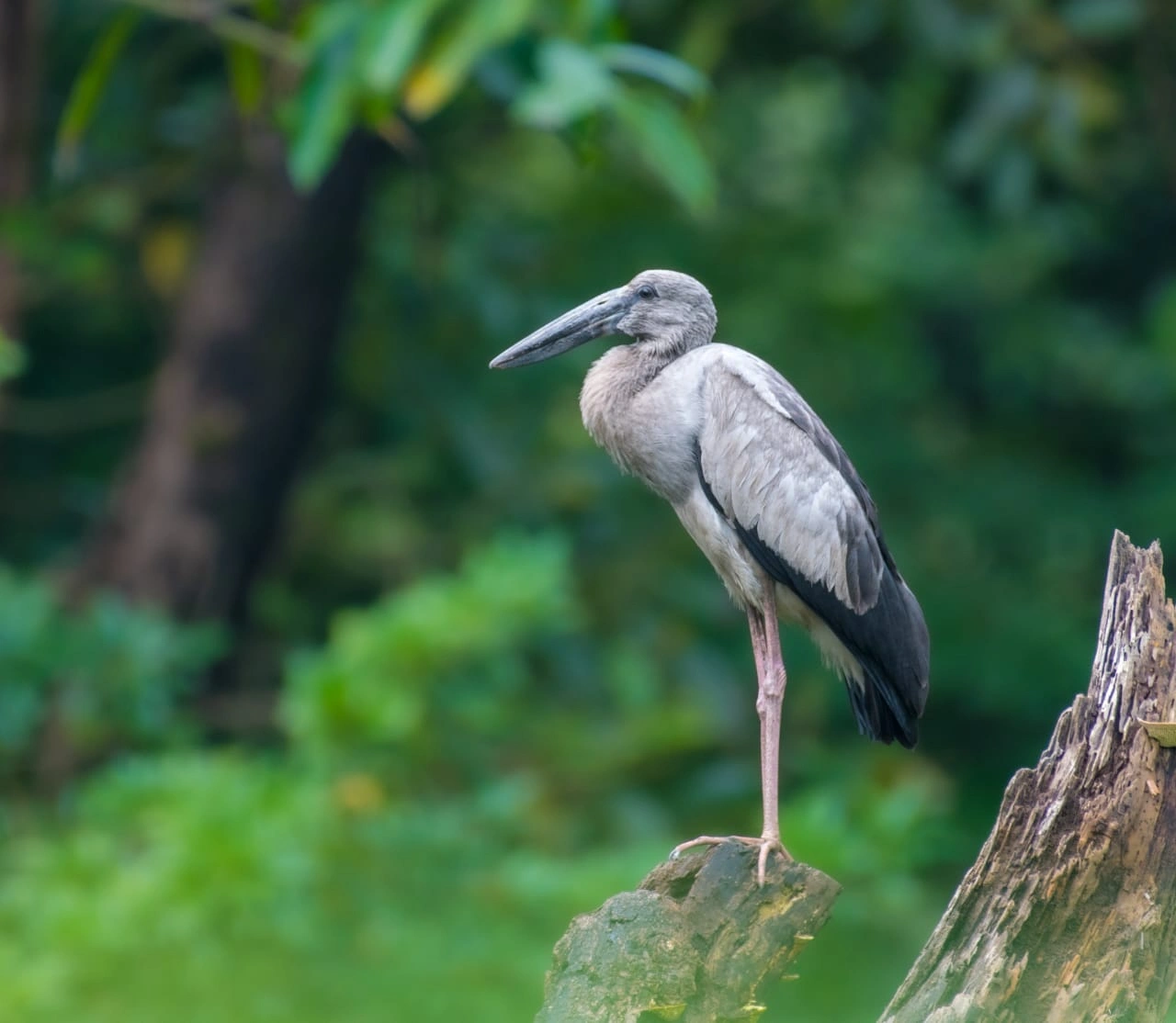
Asian Openbill
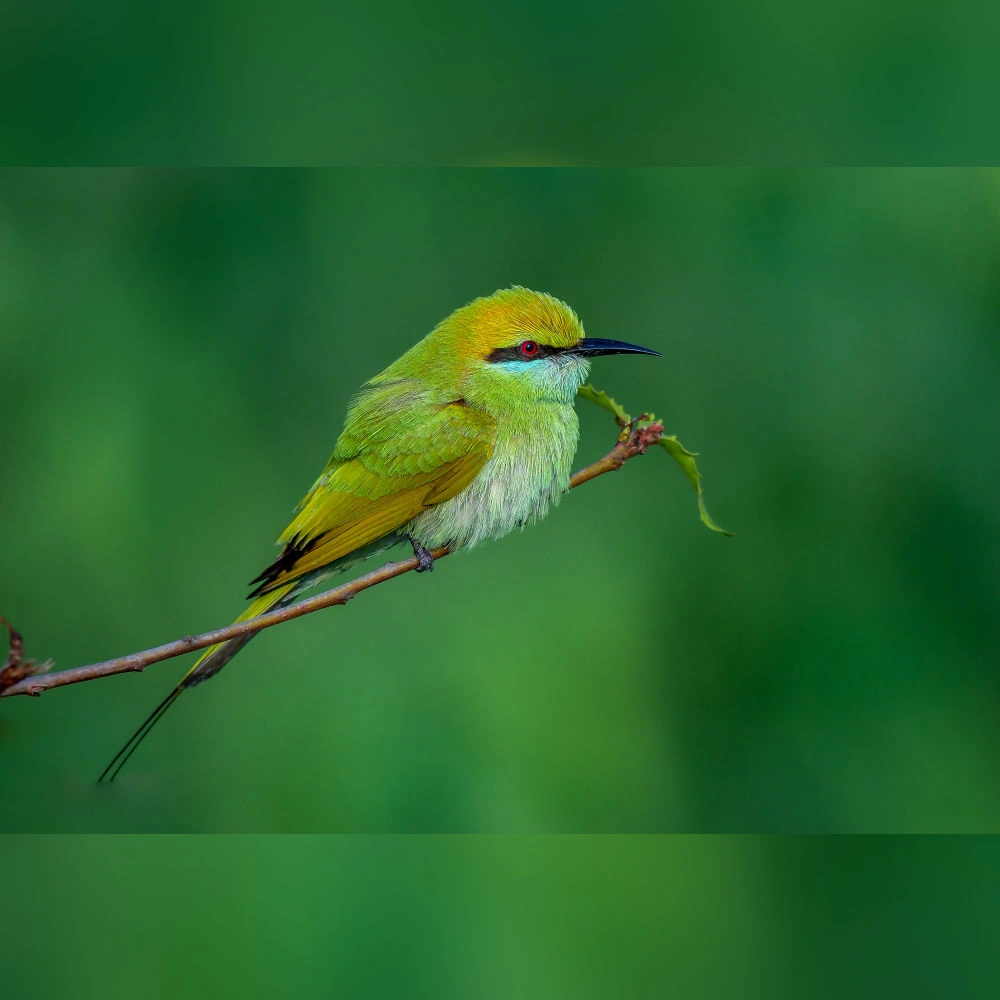
Asian Green Bee-eater
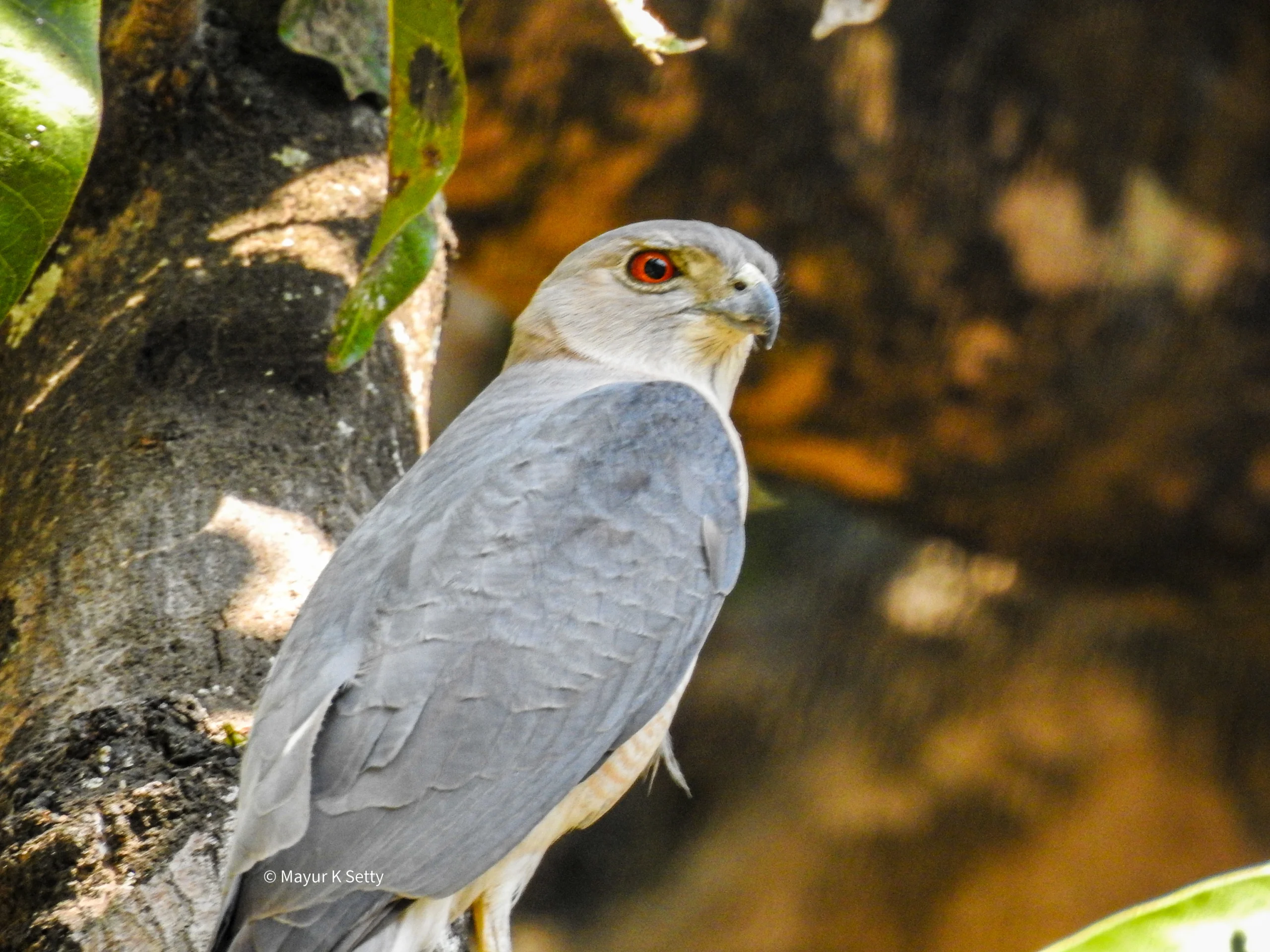
Shikra
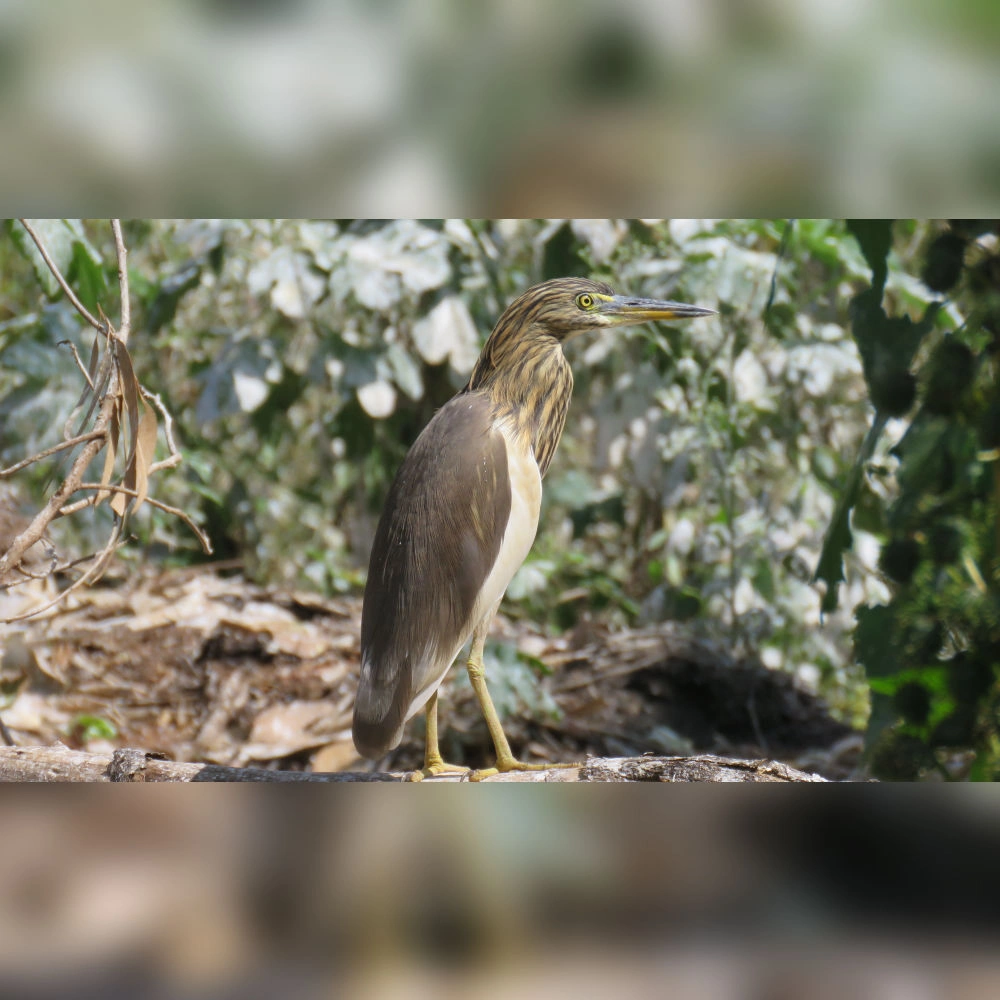
Indian Pond Heron
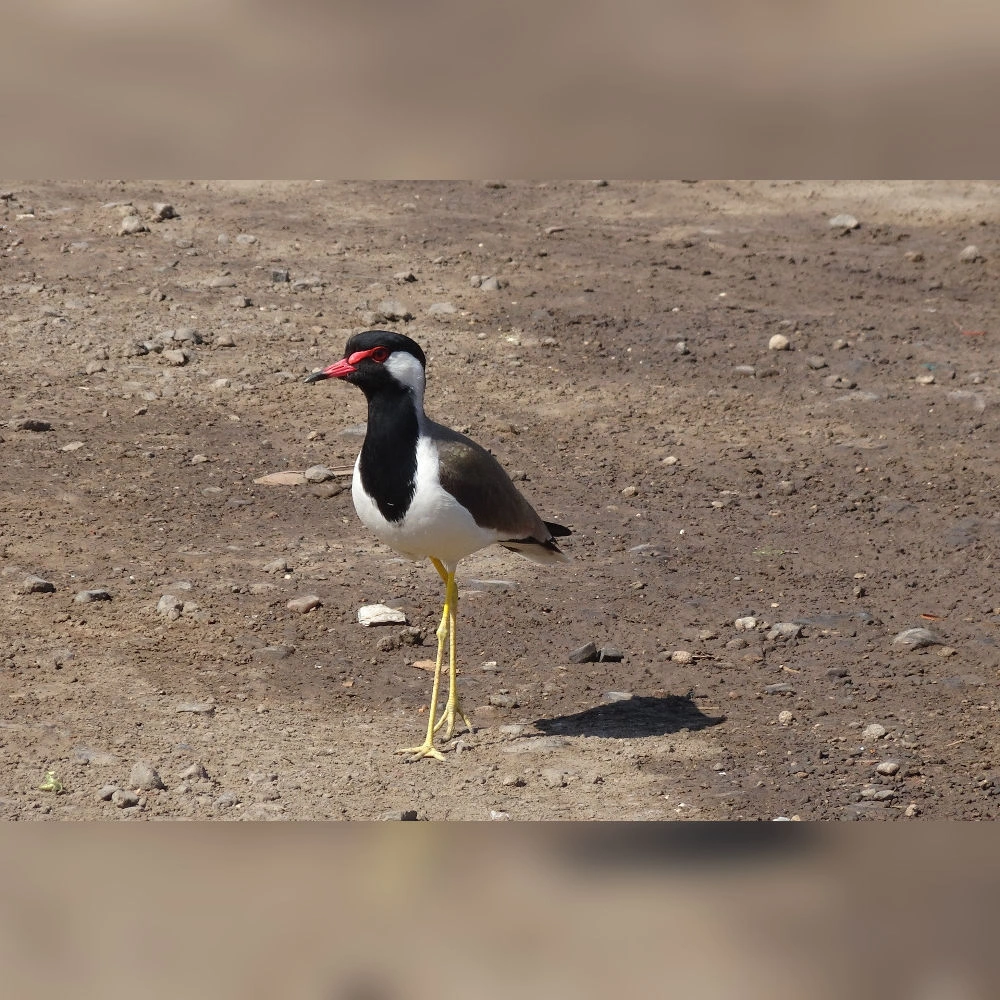
Red-wattled Lapwing
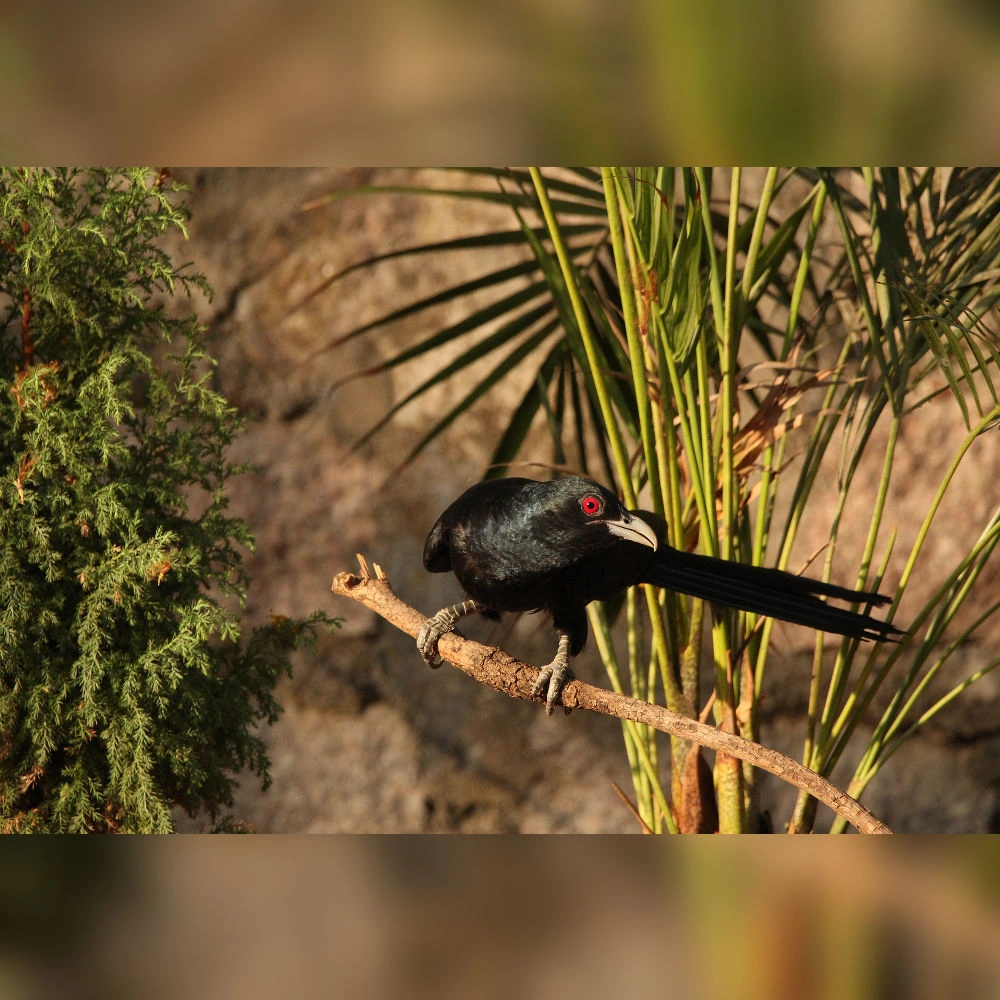
Asian Koel
Summary of Walk
An early morning bird walk at Jugibeel, Golaghat, led by Rahul Saikia, brought together a keen group of 9 participants eager to explore the rich birding habitats of the area. The walk offered a balanced glimpse of both wetland and woodland birds, with participants learning how to identify species, understand their behaviors, and appreciate the broader importance of birdwatching for conservation. Rahul’s engaging guidance made the experience accessible to everyone, as he explained observations in English, Hindi, and Assamese, ensuring that all participants could follow along comfortably.
During the walk, the group recorded an impressive 39 bird species, including waterbirds like Lesser Whistling Duck, Eurasian Moorhen, Asian Openbill, Bronze-winged Jacana, and Black-crowned Night Heron, as well as woodland species such as Asian Barred Owlet, Asian Green Bee-eater, Yellow-footed Green Pigeon, Indochinese Roller, Blue-throated Barbet, Black-hooded Oriole, Grey-headed Canary Flycatcher, and Taiga Flycatcher. The combination of diverse sightings, multilingual guidance, and hands-on learning made it a memorable and enriching morning for all participants.
Number of Participants
0

